Tags: Hubble Space Telescope
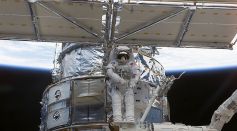
Hubble Space Telescope Back Online: Captures Abel 78 in Constellation Cygnus Despite Glitch
NASA's Hubble Space Telescope Unraveled Red Supergiant Monster Star’s Dimming History
Giant Magellan Telescope vs. Hubble Size, Specs: Uses World's Largest Mirrors With Honeycomb Structure
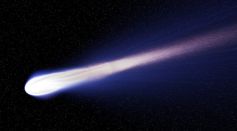
NASA Hubble Space Telescope Spots 400,000-Mile Long Tail Comet Parking Near Jupiter

NASA 's Hubble Space Telescope Shares Surprising Photo of Lost Galaxy

NASA Hubble Space Telescope Shares Supernova Remains Spotted 1700 Years Ago

NASA Hubble Space Telescope Detect Chaotic Heart of Orion Nebula
NASA 's Chandra X-ray Shares Stunning Photo of Supernova
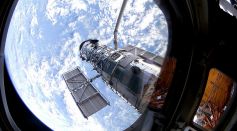
NASA Hubble Space Telescope Shares Photo Gallery of Colliding Galaxies

Did NASA's Hubble Telescope Just Capture a Warped Galaxy And Proved Albert Einstein's 'Molten Ring' Theory?

NASA Shares Hubble Telescope's Secrets on Its 30th Anniversary; Here's The Catch!
Hubble Captures Surprise Decay of Stingray Nebula
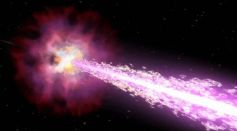
Lack of Dark Matter Reveals That Galaxy NGC1052-DF4 Is Entering Death Spiral
NASA's Hubble Space Telescope Shares "Cinnamon Bun" Galaxy
James Webb Space Telescope Nears Launch With Environmental Testing

Hubble Captures "Rainbow" Images of Jupiter
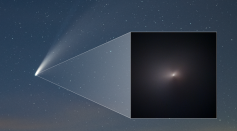
Hubble Space Telescope Captures Comet NEOWISE at its Brightest
Hubble Team Unveils Why Betelgeuse Unexpectedly Started Dimming
Saturn: Nasa's Hubble Space Telescope Captures Summertime on the Lord of the Rings

NASA Hubble Space Telescope Detects Galaxy Moving Away From Earth at 3 Million Miles Per Hour
Most Popular

Ocean Acidification, Marine pH Change, and CO2 Absorption: How Coral Reef Damage and Shellfish and Plankton Impacts Threaten Marine Life

Dark Matter Explained: What We Know, What We Don't, and How It Shapes Cosmic Structure

Water, Carbon, and Nitrogen Cycles: How Biogeochemical Cycles Sustain Earth's Ecosystems

Memory and Learning: How the Brain Stores, Retrieves, and Forgets Information




